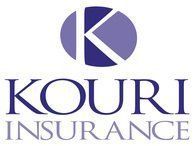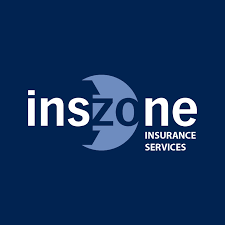Property Insurance Is A Changing!
A Time of Transition with Property Insurance

If there has been a consistent theme in the insurance world these last few years, it would have to be change. Change in how weather impacts losses, change in coverage offered and premium charged, and change in how we need to look at insurance.
We have grown accustomed to insurance stepping in and paying for damages whenever a loss occurs. If the loss involved your home, very often the insurance company made that payment under a replacement policy which would pay not only for what you did not use, but also for what you did use. It can be argued that is beyoned the definition of what insurance is designed to do as it is putting you in a position that is improved from your state prior to the loss.
What I mean by this is that insurance is designed to bring you "whole", to bring you to the place you were prior to the loss occurring. Not to gain, and not to lose. The most common example in our area is the roofing surface. If you have shingles with a 30-year life span that were damaged, then insurance in practice should pay only for the amount of use that you lost. Shingles damaged when they are 15 years old should see a payment for the 15 years of life not used. This is how auto insurance, and really most insurance, typically works. You lose a 15-year-old car, you are paid the value of a 15 year car- not a brand new one. Home insurance though changed the game in the name of competition and started paying replacement cost on items with a defined life span. Those 30-year shingles were paid for the full cost regardless if you used them for 1 year or 25 years. Same charge, though a dramatically different benefit to the consumer. This filtered into other areas, but property insurance is the most typical place we see replacement cost paid for items with a defined lifespan.
It is no wonder why property insurance is struggling to regain profitability. The increase in storm losses coupled with the increased cost of homes when purchased, built, or repaired have worked together to severely upset a system that has been out of balance for many years. Companies are now trying to overcome these losses by making long overdue changes to the property product. Unfortunately though, the problem got out of hand so fast that the changes are more dramatic than gradual and are causing disruption in the industry. Premiums have grown exponentially, coverage has been reduced through higher deductibles and age limits on roofing surfaces and other exterior materials, and companies have retreated from areas of weather volatility or high concentration of risk. All at the same time. In my 34 years, there is nothing close to what we are now seeing in the property market.
What will the future bring? There is going to be less consistency in the near term as companies make their adjustments. This creates a real need for the consumer to work with their agent to understand how these changes apply to their property. You will also need to review your renewal paperwork to catch any changes to your coverage. I believe that we will begin (note that I use the word begin, not reach) to see stability in 2025 as these changes filter through the system. If companies judged correctly, they should start to see increased profitability that will lead to a loosening of restrictions and a stabilizing of coverage and prices.
It is important that the consumer resets how they look at home insurance and recognizes that going forward, home insurance will be more of a cost share than it has been previously. This is especially true with losses involving exterior materials. Claim payments will be calculated for the use that was lost, but that will leave more out of pocket expense for the consumer. Again, similar to how auto insurance works.
Are you prepared for a $10,000 expense to replace your home's shingles or siding? I encourage you to plan now for these coverage changes to lessen the financial impact if (when) a loss occurs.
CONTACT INFORMATION
Phone: 605-336-6303
Fax: 605-336-0050
Address: 6809 South Minnesota Avenue #201
Sioux Falls, SD, 57108
BUSINESS HOURS
- Mon - Thu
- -
- Friday
- -
- Sat - Sun
- Closed











